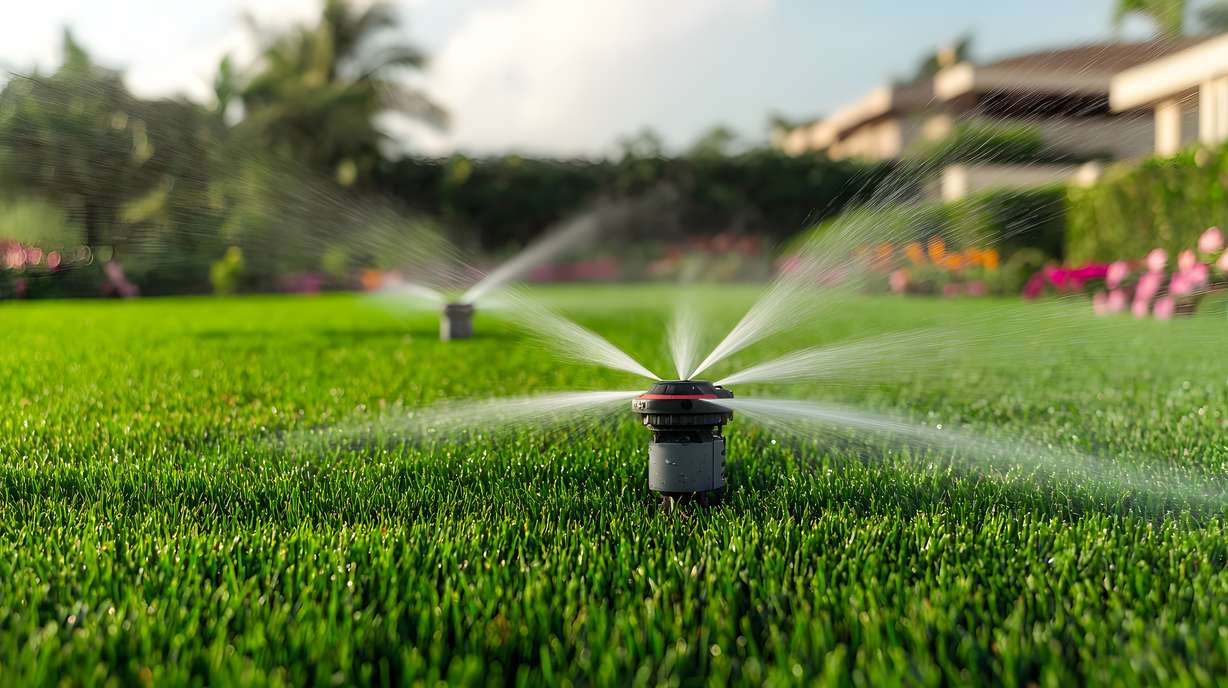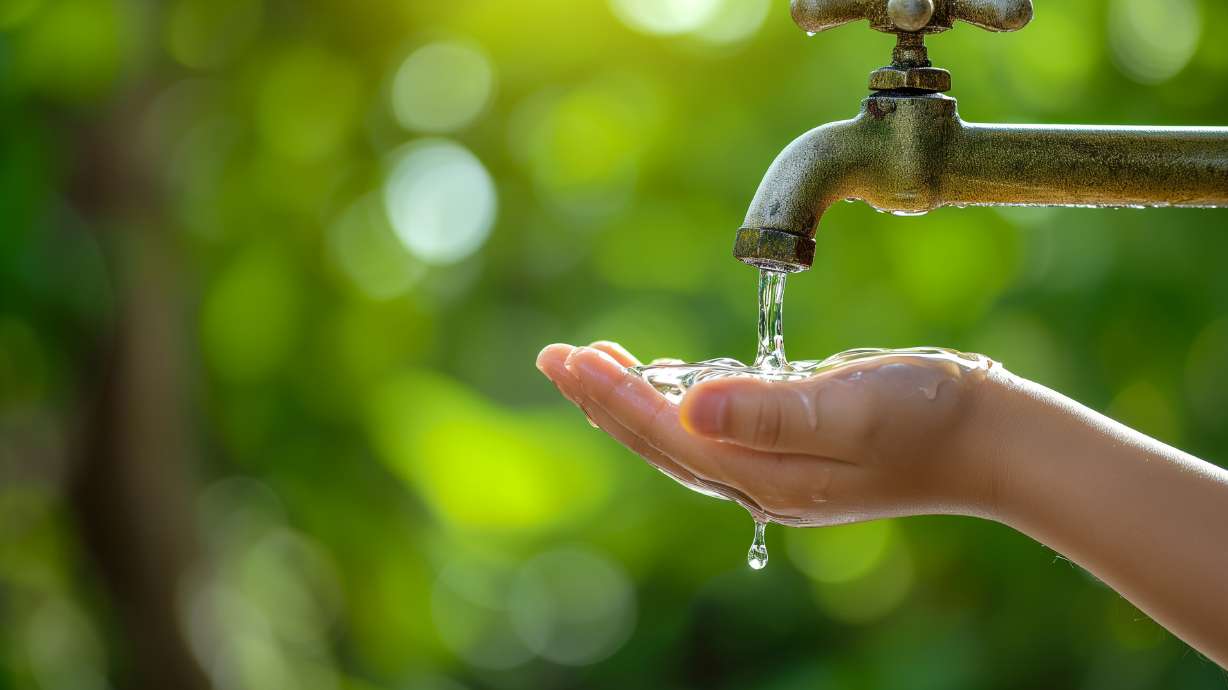Estimated read time: 5-6 minutes
Despite a few strong snowstorms over the past year, Utah continues to face significant challenges with its water supply.
As of June 2025, 80% of the state is experiencing "moderate to severe drought," according to the Utah Department of Natural Resources.
In a message on the Salt Lake Chamber website, Chamber President and CEO Derek Miller calls on all Utahns — especially business owners — to take action and help conserve water during these ongoing dry conditions.

"The reality is simple: Utah is a desert," Miller says. "And with shrinking snowpack, low streamflows and growing demand, we all have a stake in preserving our water future."
While watering less is a clear starting point, there are many additional steps you can take to be water-wise during a drought. Even small actions can have a meaningful impact. To help you begin, here are a few practical tips from Ready.gov.
Don't dump water down the drain
Before you pour leftover water down the kitchen sink, consider putting it to good use.
Houseplants or that dry patch of grass outside might benefit from those extra sips that would otherwise be wasted.
While you're at the sink, here's another simple tip: use the garbage disposal less.
By scraping food scraps into the trash or compost bin, you can often skip rinsing dishes altogether and load them directly into the dishwasher. Not only will that save some water — it'll also save time and energy.
Get an instant water heater for your sink
Depending on how long it takes for hot water to reach your faucets, you're likely wasting several gallons each day just waiting for it to heat up.
A compact, under-sink instant water heater delivers hot water on demand, reducing waste, saving time and improving energy efficiency. It's a smart upgrade that pays off in both convenience and conservation.
Fix those leaks
Here's a surprising statistic: According to the Environmental Protection Agency, a faucet that drips once every second can waste up to 3,000 gallons of water per year. That's enough to run more than 180 dishwasher cycles.

Fixing leaks is one of the simplest and most impactful steps you can take toward water conservation.
Choose efficient appliances
Conserving water becomes much easier when your appliances do the heavy lifting.
Today's high-efficiency dishwashers, washing machines and fixtures are designed to use significantly less water without sacrificing performance, so it may be time for some upgrades.
Look for appliances labeled with the EPA's WaterSense or ENERGY STAR certifications — they're engineered to help you save both water and money over time.
Keep showers short and smart
A long, steamy shower might feel great, but in the midst of a drought, it's a luxury Utah simply can't afford.

Try to keep your showers as brief as possible to conserve water.
You can save even more by turning the water off while lathering up, then doing a quick rinse.
Only run a full dishwasher or washing machine
It's tempting to run the dishwasher for a few plates or toss your favorite T-shirt into the wash solo, but it's also a quick way to waste water.

Instead, wait until you have a full load before running your dishwasher or washing machine.
For just a few items, handwashing is an easy, eco-friendly alternative that helps conserve water and energy.
Pick drought-tolerant or native plants for your yard
The less water your plants need, the better. Native and drought-tolerant plants are naturally suited to Utah's climate and use less water.
Use the free Utah Plant Selector tool to help you pick plants that will thrive in your yard while conserving water.

Let your lawn grass grow a little taller
According to Ready.gov, allowing your grass to grow slightly taller encourages deeper roots and helps the soil retain more moisture.
Try raising your mower blade a notch to support healthier, more drought-resistant grass.

Know when — and how much — to water
Most people know it's best to avoid watering during the hottest part of the day, but the amount of water to use depends on several factors.
Conserve Water Utah offers a helpful guide that shows how much water to use based on the type of sprinkler head you have.
Take the lead in water conservation in the workplace
While individual actions are important, businesses have the potential to make an even greater impact on water conservation.
If you're a business owner, there are several key steps you can take to help "slow the flow."
These include auditing and optimizing your irrigation systems, adopting water-wise landscaping practices and ensuring your entire team is informed, engaged and committed to your conservation goals.

"Water conservation is both a responsibility and a business advantage," Miller reminds the community. "It reduces costs, builds resilience and enhances your brand in a way customers and communities respect.
Your leadership sets the tone, and your efforts today will shape the future of our state. So let's keep leading, together."
To discover more ways your business can make a difference, including tools, rebates and ideas, visit slowtheflow.org and utahwaterways.org.









